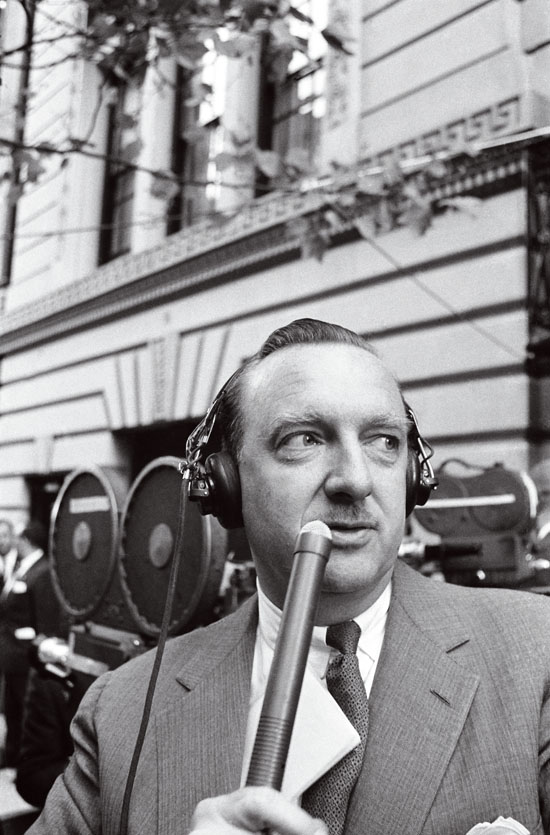Magnum Photos, founded during the most glorious age of photojournalism, has always represented a dream of how journalism can be structured: it’s a members-only cooperative, controlled by the photographers themselves, whose guiding principle is to honor and promote great work. Would that print journalists could ever come up with an enduring organization so independent, communitarian, and pure of soul and spirit!
What Magnum photographers generally do is go cover something of importance that can be brought to life visually; in the aggregate, Magnum’s work is a great historical document. The late John Szarkowski, who ran the photography department at the Museum of Modern Art for years, once wrote a history of photography called Mirrors and Windows. The Magnum photographers fall into the windows category: they have consistently looked outward at the world, rather than, in an obvious way, inward at their souls.
But in the course of photographing practically everything, the Magnum photographers captured a lot of images of journalists at work. They weren’t operating as conscious self-examiners of their profession, but they have given us a portrait of the profession. Columbia Journalism Review has selected some of those images and reproduced them here.
The immediately striking aspect of just about all the pictures taken in the twentieth century is how dated they seem. It isn’t just that the technology journalists used—giant television cameras, land-line telephones—is gone. It’s that the technology, interacting with the politics and culture and professional more of the time, generated a role for journalists that feels as if it’s vanishing. Reporters here array themselves in packs around holders of official power, in ritualized settings like trials and conventions. They have only group access to the news, highly restricted in time and space. Often, they literally work inside pens. And one of the features of their hyper-organized social order is that it needs a handful of journalistic authority figures at the top—Walter Cronkite, David Brinkley, Barbara Walters—who can serve as the symbols of personal transmissions between limited, routinized news and a passive, receiving public.
Press scrums still exist, of course, but the last few images here get across how different twenty-first century journalism is. The cameras and phones are tiny, cheap, and mobile; news events aren’t so staged and scheduled; the bright categorical lines separating newsmakers, journalists, and the public have blurred. And the story itself obviously isn’t so much about great-power competition as it once was.
Because these pictures don’t represent an intentional comprehensive study of journalism, they miss a great deal—like writers writing. Still, the older pictures communicate claustrophobia. Oh, to be liberated from these enclosures in which so much of journalism had to be practiced! But one doesn’t want to be so completely liberated that the profession itself disappears. The question the pictures raise is whether, set free, journalists will be able to make a case for their necessity. That didn’t used to be part of our mission, but it is now.
–Nicholas Lemann
Click here to view the photographs.
The Editors are the staffers of the Columbia Journalism Review.

